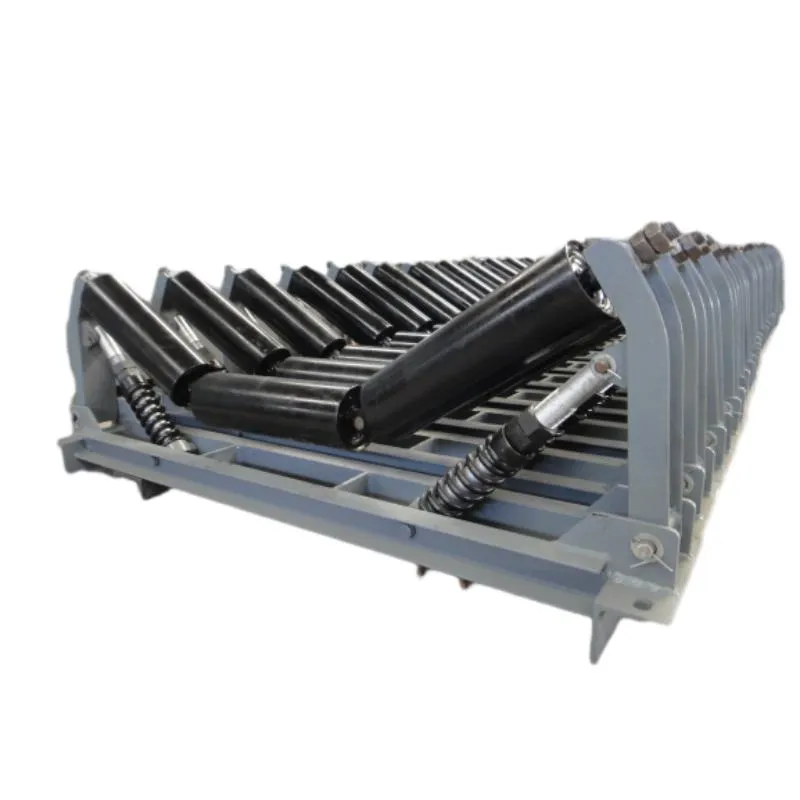 Afrikaans
Afrikaans  Albanian
Albanian  Amharic
Amharic  Arabic
Arabic  Armenian
Armenian  Azerbaijani
Azerbaijani  Basque
Basque  Belarusian
Belarusian  Bengali
Bengali  Bosnian
Bosnian  Bulgarian
Bulgarian  Catalan
Catalan  Cebuano
Cebuano  Corsican
Corsican  Croatian
Croatian  Czech
Czech  Danish
Danish  Dutch
Dutch  English
English  Esperanto
Esperanto  Estonian
Estonian  Finnish
Finnish  French
French  Frisian
Frisian  Galician
Galician  Georgian
Georgian  German
German  Greek
Greek  Gujarati
Gujarati  Haitian Creole
Haitian Creole  hausa
hausa  hawaiian
hawaiian  Hebrew
Hebrew  Hindi
Hindi  Miao
Miao  Hungarian
Hungarian  Icelandic
Icelandic  igbo
igbo  Indonesian
Indonesian  irish
irish  Italian
Italian  Japanese
Japanese  Javanese
Javanese  Kannada
Kannada  kazakh
kazakh  Khmer
Khmer  Rwandese
Rwandese  Korean
Korean  Kurdish
Kurdish  Kyrgyz
Kyrgyz  Lao
Lao  Latin
Latin  Latvian
Latvian  Lithuanian
Lithuanian  Luxembourgish
Luxembourgish  Macedonian
Macedonian  Malgashi
Malgashi  Malay
Malay  Malayalam
Malayalam  Maltese
Maltese  Maori
Maori  Marathi
Marathi  Mongolian
Mongolian  Myanmar
Myanmar  Nepali
Nepali  Norwegian
Norwegian  Norwegian
Norwegian  Occitan
Occitan  Pashto
Pashto  Persian
Persian  Polish
Polish  Portuguese
Portuguese  Punjabi
Punjabi  Romanian
Romanian  Russian
Russian  Samoan
Samoan  Scottish Gaelic
Scottish Gaelic  Serbian
Serbian  Sesotho
Sesotho  Shona
Shona  Sindhi
Sindhi  Sinhala
Sinhala  Slovak
Slovak  Slovenian
Slovenian  Somali
Somali  Spanish
Spanish  Sundanese
Sundanese  Swahili
Swahili  Swedish
Swedish  Tagalog
Tagalog  Tajik
Tajik  Tamil
Tamil  Tatar
Tatar  Telugu
Telugu  Thai
Thai  Turkish
Turkish  Turkmen
Turkmen  Ukrainian
Ukrainian  Urdu
Urdu  Uighur
Uighur  Uzbek
Uzbek  Vietnamese
Vietnamese  Welsh
Welsh  Bantu
Bantu  Yiddish
Yiddish  Yoruba
Yoruba  Zulu
Zulu belt conveyor idler design
Belt Conveyor Idler Design An Essential Component for Material Handling Efficiency
Belt conveyors are one of the most widely used mechanisms for transporting bulk materials across various industries. A critical aspect of the conveyor system is the idler, which plays a significant role in ensuring the effective and efficient operation of the belt conveyor. In this article, we will explore the design considerations for belt conveyor idlers, their types, and their importance in material handling.
Understanding Belt Conveyor Idlers
Idlers are the rollers that support the conveyor belt and its load. They are situated along the conveyor line at regular intervals and are pivotal in maintaining belt tension and alignment. By reducing friction, idlers allow the belt to operate smoothly, minimizing energy consumption and maximizing efficiency.
The primary function of an idler is to provide a stable surface for the belt to run on while allowing for the movement of material. Properly designed idlers can significantly extend the lifespan of the conveyor belt and reduce maintenance costs. As such, the design of these components is crucial in achieving optimal performance.
Design Considerations
1. Load Bearing Capacity One of the foremost considerations in idler design is the load it needs to support. Idlers must be selected based on the weight of the materials being transported and the speed of the conveyor. The design should ensure that the idler can withstand dynamic loads without deforming or failing.
2. Idler Types Idlers come in various types, including trough idlers, flat idlers, and return idlers. Trough idlers, which have a shaped profile, allow for better load containment and are commonly used in bulk material handling. Flat idlers, on the other hand, are used for lighter loads, while return idlers support the belt’s return journey. The choice of idler type will depend on the specific application requirements.
3. Material Selection The materials used to manufacture idlers significantly influence their durability and overall performance. Common materials include steel, rubber, and plastics; each has advantages and drawbacks. For instance, steel idlers are known for their strength and durability but might be subject to corrosion. Selecting the right material involves evaluating factors such as environmental conditions, load requirements, and maintenance considerations.
belt conveyor idler design

4. Bearing Quality Bearings play a vital role in the functionality of idlers by reducing friction and facilitating smooth rotation. The quality of bearings should be high to ensure reliability and minimize the occurrence of breakdowns. Sealed bearings are often preferred in harsh conditions as they provide better protection against contaminants.
5. Spacing and Alignment The spacing of idlers along the conveyor belt must be carefully planned. Proper alignment ensures that the belt runs straight and minimizes wear and tear. A standard rule of thumb is to space idlers at intervals of 3 to 4 meters, but this can vary based on the application's specifics.
Importance of Properly Designed Idlers
The design and quality of belt conveyor idlers have direct implications for the overall performance of the conveyor system. Poorly designed or maintained idlers can lead to several issues, including
- Increased Energy Consumption If idlers do not provide adequate support, the conveyor belt may work harder against friction, leading to higher energy usage. - Belt Damage Misaligned or worn idlers can cause the belt to wear unevenly, shortening its lifespan and resulting in costly downtimes due to replacements.
- Operational Interruptions Idler failures can lead to production halts, resulting in significant losses. Regular maintenance and proper design can mitigate these risks.
Conclusion
In conclusion, the design of belt conveyor idlers is a crucial factor in the efficiency and reliability of material handling systems. By considering load capacity, material selection, bearing quality, and alignment, one can ensure that the conveyor system operates smoothly and effectively. Investing time and resources in the proper design and maintenance of idlers will yield long-term benefits, including reduced operational costs and increased productivity. As industries continue to evolve and grow, understanding the importance of idler design will remain fundamental in achieving optimal material handling solutions.
-
Revolutionizing Conveyor Reliability with Advanced Rubber Lagging PulleysNewsJul.22,2025
-
Powering Precision and Durability with Expert Manufacturers of Conveyor ComponentsNewsJul.22,2025
-
Optimizing Conveyor Systems with Advanced Conveyor AccessoriesNewsJul.22,2025
-
Maximize Conveyor Efficiency with Quality Conveyor Idler PulleysNewsJul.22,2025
-
Future-Proof Your Conveyor System with High-Performance Polyurethane RollerNewsJul.22,2025
-
Driving Efficiency Forward with Quality Idlers and RollersNewsJul.22,2025





























